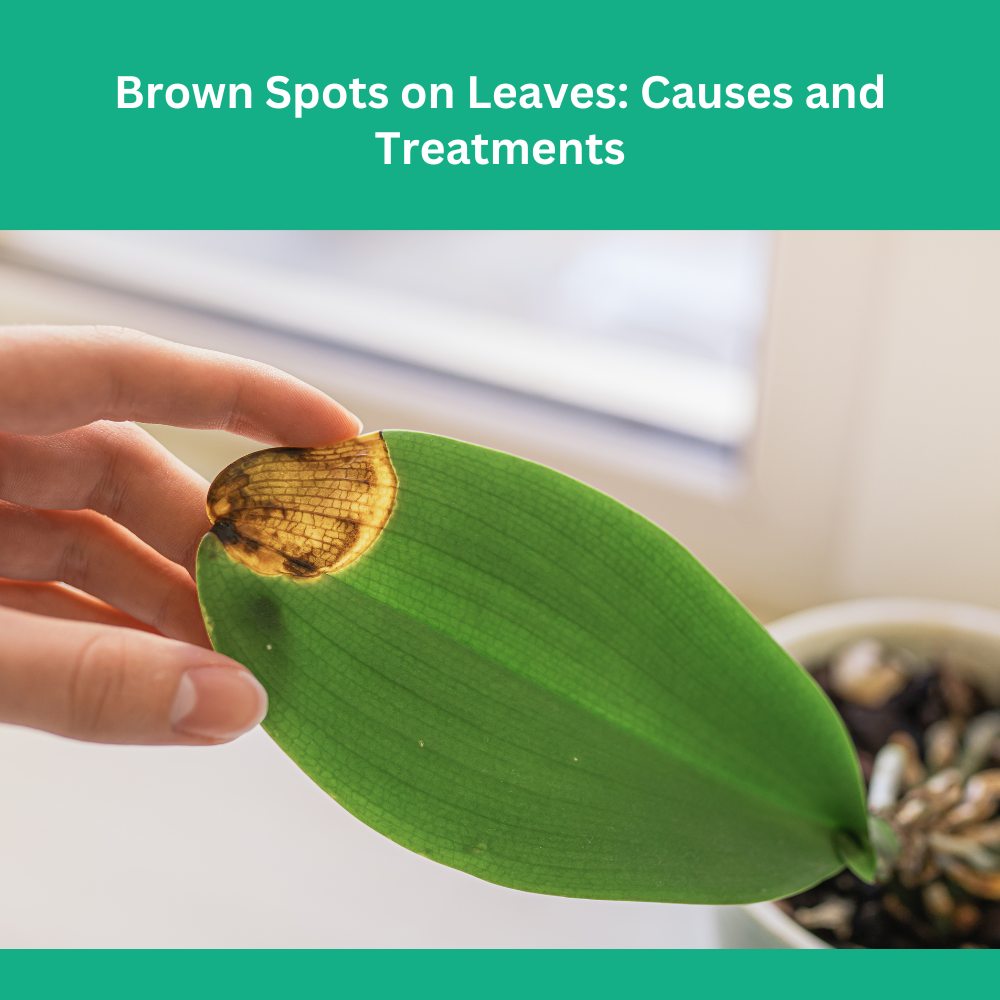Every gardener, whether novice or seasoned, has encountered the perplexing sight of brown spots marring the leaves of their beloved plants. These spots can be indicative of a myriad of issues, from environmental stressors to pests. Delving into the causes and finding the right treatments is essential for maintaining a thriving garden. Here’s a comprehensive guide to help you navigate this common gardening challenge.

Unraveling the Mystery: Why Do Leaves Develop Brown Spots?
- Fungal Intruders: Fungi, such as leaf spot and rust, are notorious for causing brown or black discolorations on leaves. Humid conditions are their playground, and they can spread like wildfire if left unchecked.
- Bacterial Offenders: Bacterial leaf spot can manifest as tiny, water-soaked blemishes that eventually turn brown or even black.
- Pesky Invaders: Creatures like spider mites, aphids, and flea beetles can leave behind brown patches on leaves as they feast on plant sap.
- Sun’s Intensity: Prolonged exposure to harsh sunlight can lead to leaf scorch, resulting in brown or even whitish spots.
- Water Woes: Both overwatering and underwatering can manifest as brown spots. While waterlogged soil can induce root rot, parched soil can cause dehydration.
- Nutrient Needs: A deficiency in vital nutrients, such as magnesium or calcium, can lead to brown discolorations.
Gardening Solutions for Brown Spots
- Water Wisdom: Ensure consistent and appropriate watering. Early morning is the best time to water, reducing humidity around the plants.
- Combat with Chemicals: For persistent fungal and bacterial issues, fungicides and bactericides can be employed. Always adhere to label guidelines.
- Natural Defenders: Insecticidal soaps and neem oil are organic solutions to tackle pest problems.
- Shelter from Sun: If sunburn is a concern, relocate plants to a shaded area or use protective shade cloth.
- Nutrient Boost: Address nutrient deficiencies with a well-balanced fertilizer or specific supplements.
- Routine Checks: Regularly inspect plants for early signs of issues. Early intervention can prevent larger problems.
- Prudent Pruning: Removing affected leaves can halt the spread of diseases and enhance air circulation.
Environmental factors, soil conditions, and even our gardening practices can influence the health of our plants. By understanding the root causes of brown spots and implementing effective solutions, we can ensure our gardens remain vibrant and healthy. For more in-depth gardening insights and tips, visit thegardenersden.com.
As an Amazon Associate we earn from qualifying purchases through some links in our articles.




